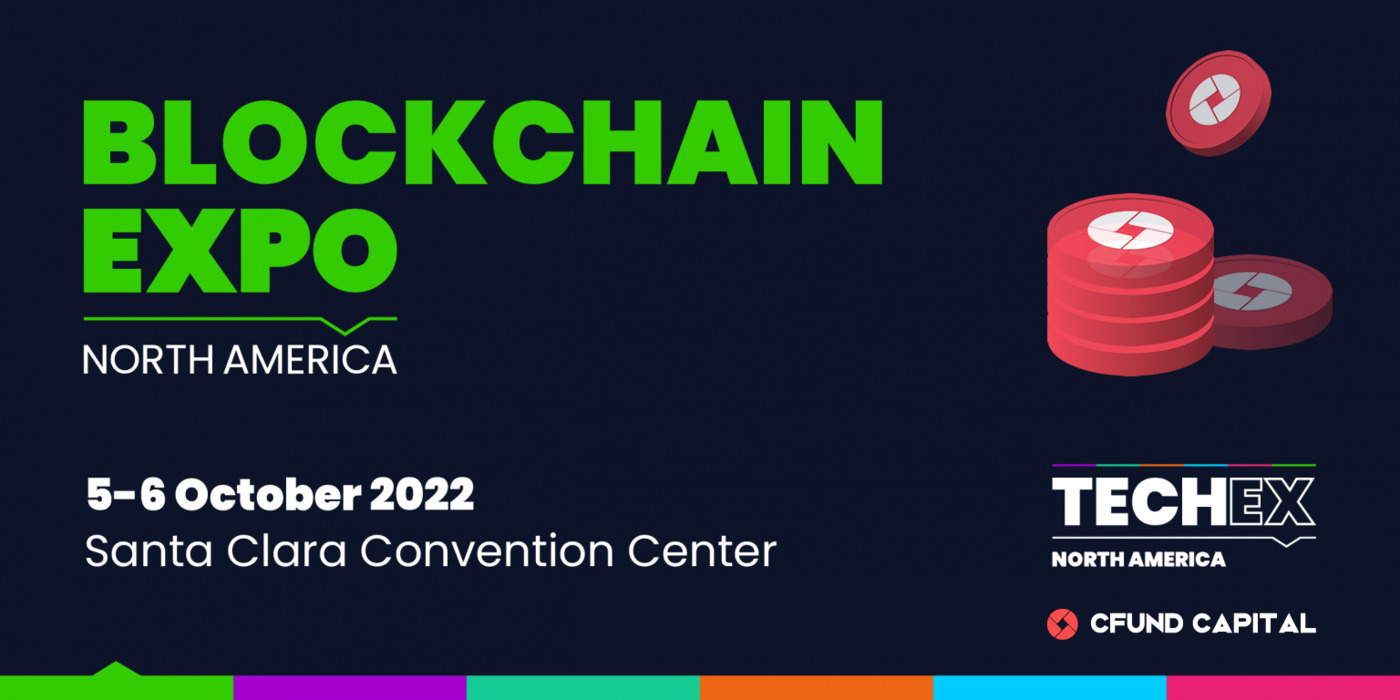Bitcoin miners have already made almost $600,000 from Ordinals’ NFT transactions
Bitcoin (BTC) miners have made nearly $600,000 in two months from a new controversial NFT protocol called Ordinals that has sparked a surge in user activity.
What are Bitcoin Ordinals?
Ordinals allow users to enter data in the form of images and other media types into newly mined blocks on the Bitcoin blockchain that are otherwise largely used for peer-to-peer monetary transactions.
However, since the launch of Ordinals in mid-December, users have entered nearly 74,000 NFTs into the Bitcoin blockchain, earning miners a cumulative $574,000 in BTC transaction fees to date, data from Dune Analytics shows.
These NFTs include “digital artifacts” originating from the spin-off projects of Ethereum’s CryptoPunks and Bored Ape Yacht Club collection in February.
Increasing demand for Bitcoin block space
The Ordinals protocol was made possible by Segregated Witness (SegWit) and Taproot, Bitcoin’s soft fork upgrades from 2017 and 2021 respectively.
Related: The Ordinals Protocol Stirs Debate About the Place of NFTs in the Bitcoin Ecosystem
For example, the SegWit update effectively increased Bitcoin’s block capacity up to 4MB.
Similarly, the Taproot update helps group and verify multiple transactions together as long as their size does not exceed 4MB. This feature allows the inscription of data such as images and videos in Bitcoin blocks.
The rise of Ordinals has coincided with Bitcoin’s average block size jumping from the typical average of 1.5-2MB to between 3 and 3.5MB in early February.
At the same time, the number of pending SegWit and non-SegWit blocks in the Bitcoin mempool has also increased significantly – the highest since the FTX collapse, as shown below.
On some occasions, Ordinals’ data has accounted for over 50% of the Bitcoin block space, according to BitMEX Research.
“This describes a growth in the user base and an upward pressure on the fee market from usage beyond the typical investment and money transfer use cases,” Glassnode noted in its weekly report, adding:
“Ordinals are a new frontier […] to observe how it affects and manifests itself in both chain networks and investor behavior.”
Ordinals: BTC Miners’ New Income Stream?
Bitcoin miners generate most of their income from the network’s block subsidies, that is, finding or “mining” new blocks. In comparison, the share of the miner’s income from transaction fees is only around 3%.
Currently, the Bitcoin network rewards miners with 6.25 BTC per block. But this grant will drop by 50% to 3.125 BTC by spring 2024 in an event called a halving that happens every four years. As a result, the share of miners’ revenue from transaction fees is expected to increase over time as block rewards decrease.
For some, Ordinals introduces what is called miner extractable value, or MEV, which has previously been associated with mining on Ethereum.
Simply put, MEV is the maximum value that miners can achieve by producing new blocks over and above the block rewards and transaction fees.
However, critics argue that Ordinals as a “attack” which will price out real financial activity and thereby damage Bitcoin’s image as a reliable P2P payment network.
“Bitcoin is designed to be censorship resistant,” said Adam Back, co-founder and CEO of Blockstream, adding:
“[It] does not prevent us from commenting on the sheer waste and stupidity of a coding. At least do something effective. Otherwise, it’s another proof of consumption of block-space stuff.”
This article does not contain investment advice or recommendations. All investment and trading moves involve risk and readers should conduct their own research when making a decision.


